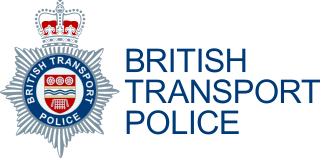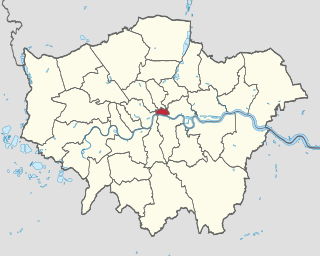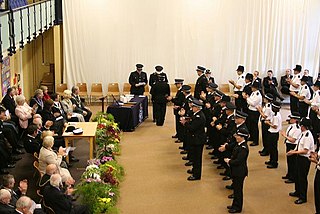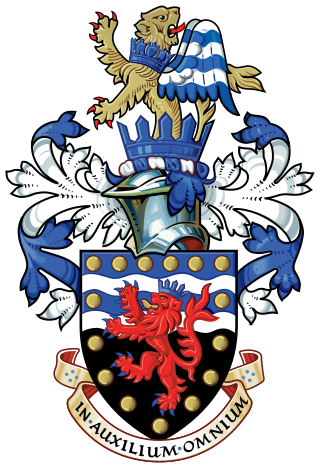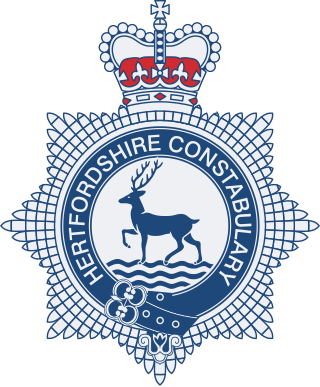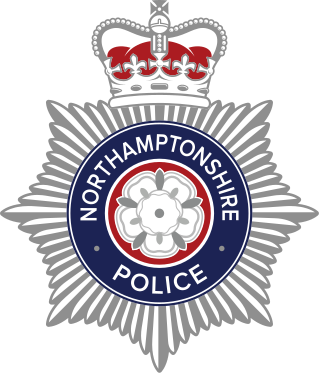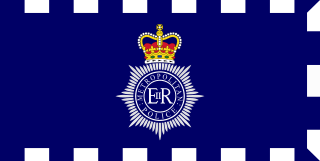| Basic Command Unit | Sectors (Former BOCUs) | Station Codes |
|---|
| CN Central North | EK Camden | EO Holborn EK Kentish Town EW West Hampstead |
|---|
| NI Islington | NV Highbury Vale (closed), NH Holloway, NI Islington |
| CECentral East | GD Hackney | GH Hackney (closed), GD Shoreditch, GN Stoke Newington |
|---|
| HT Tower Hamlets | HW Bow, HT Bethnal Green / Whitechapel, HR Brick Lane, HI Isle of Dogs (closed), HH Limehouse, HP Poplar |
| ASCentral South | LX Lambeth | LD Brixton, LC Cavendish (closed), LN/LM† Clapham (closed), LG Gipsy Hill, LK Kennington, LS Streatham (closed) |
|---|
| MD Southwark | MC Camberwell (closed), MM Peckham, MR Rotherhithe (closed), MD Southwark, MS Walworth |
| AWCentral West | BS Kensington & Chelsea | BC Chelsea (closed), BD Kensington, BH Notting Hill (closed), BN Notting Dale (closed) |
|---|
| CW Westminster | AD Belgravia (closed), CX Charing Cross, DP Paddington (closed), CD West End Central (closed), DM Marylebone (closed), DR Harrow Road (closed), DS St John's Wood (closed) |
| FH Hammersmith & Fulham | FF Fulham (closed), FH Hammersmith, FS Shepherds Bush (closed) |
| NANorth Area | YE Enfield | YE Edmonton, YF Enfield North Cluster (closed), YB Enfield Patrol Base, YS Southgate West Cluster (closed), YP Edmonton South Cluster (Formerly Ponders end Cluster) |
|---|
| YR Haringey | YR Hornsey (closed), YM Muswell Hill (closed), YDQ Quicksilver Patrol Base, YA St Ann's (closed), YT Tottenham, YD Wood Green |
| NENorth East | JC Waltham Forest | JC Chingford, JL Leyton (closed), JS Leytonstone (closed), JW Walthamstow (closed), JK Walthamstow Market, JP Leyton Custody Centre, JA Waltham Abbey (closed, now in Essex) |
|---|
| KF Newham | KE East Ham (closed), KF Forest Gate, KW Fresh Wharf, KN North Woolwich, KO Plaistow (closed), KS Stratford |
| EAEast Area | JI Redbridge | JB Barkingside, JI Ilford, JN Wanstead, JF Woodford |
|---|
| KD Havering | KL Collier Row, KA Harold Hill, KC Hornchurch, KM Rainham, KD Romford, KU Upminster, KH Harold Hill Patrol Base |
| KG Barking & Dagenham | KB Barking, KG Dagenham, KK Marks Gate, KW Freshwharf, |
| SESouth East | PL Lewisham | PK Brockley (closed), PD Catford, PP Deptford, PL Lewisham, PS Sydenham (closed) |
|---|
| RG Greenwich | RM Eltham (closed), RG Greenwich (closed), RA Plumstead, RT Thamesmead (closed), RK Westcombe Park (closed), RW Woolwich (closed), RH Shooters Hill (closed) |
| RY Bexley | RB Belvedere (closed), RY Bexleyheath, RS Sidcup (closed) |
| SNSouth Area | PY Bromley | PB Beckenham (closed), PH Biggin Hill (closed), PC Chislehurst (closed), PY Bromley, PN Orpington (closed), PG Penge, PW West Wickham |
|---|
| ZD Croydon | ZD Croydon, ZN South Norwood (closed), ZY Norbury (closed), ZK Kenley (closed), ZA Addington, ZC Windmill Road Custody |
| ZT Sutton | ZT Sutton, ZW Wallington (closed), ZR Worcester Park |
| SWSouth West | TW Richmond Upon Thames | TR Richmond, TT Teddington, TW Twickenham |
|---|
| VK Kingston upon Thames | VK Kingston, VN New Malden, VS Surbiton, VE Esher (Obsolete, previously Metropolitan Police now within Surrey Police Jurisdiction) |
| VW Merton | VM Mitcham, VR Morden (closed), VW Wimbledon |
| WW Wandsworth | WA Battersea (closed), WL Lavender Hill, WD Tooting, WF Earlsfield (closed), WH Wandsworth (also includes the Putney Sector Office which replaced the previous Putney station which had the code WP †) [4] |
| WAWest Area | TX Hounslow | TB Brentford, TC Chiswick, TF Feltham, TD Hounslow |
|---|
| XB Ealing | XA Acton, XD Ealing, XS Southall, XG Greenford, XN Norwood Green, XI Hanwell |
| XH Hillingdon | XF Harefield, XY Hayes, XU Uxbridge, XN Northwood, XR Ruislip, XE West Drayton |
| NWNorth West | SX Barnet | SA Barnet, SC Colindale, SF Finchley (closed), SG Golders Green (closed), ST Whetstone (closed) |
|---|
| QA Harrow | QE Edgware (closed), QA Harrow, QP Pinner, QW Wealdstone (closed), QS West Street (closed) |
| QK Brent | QC Chalkhill (closed), QH Harlesden, QK Kilburn, QD Wembley, QL Willesden Green (closed), QY Kingsbury (closed) |





